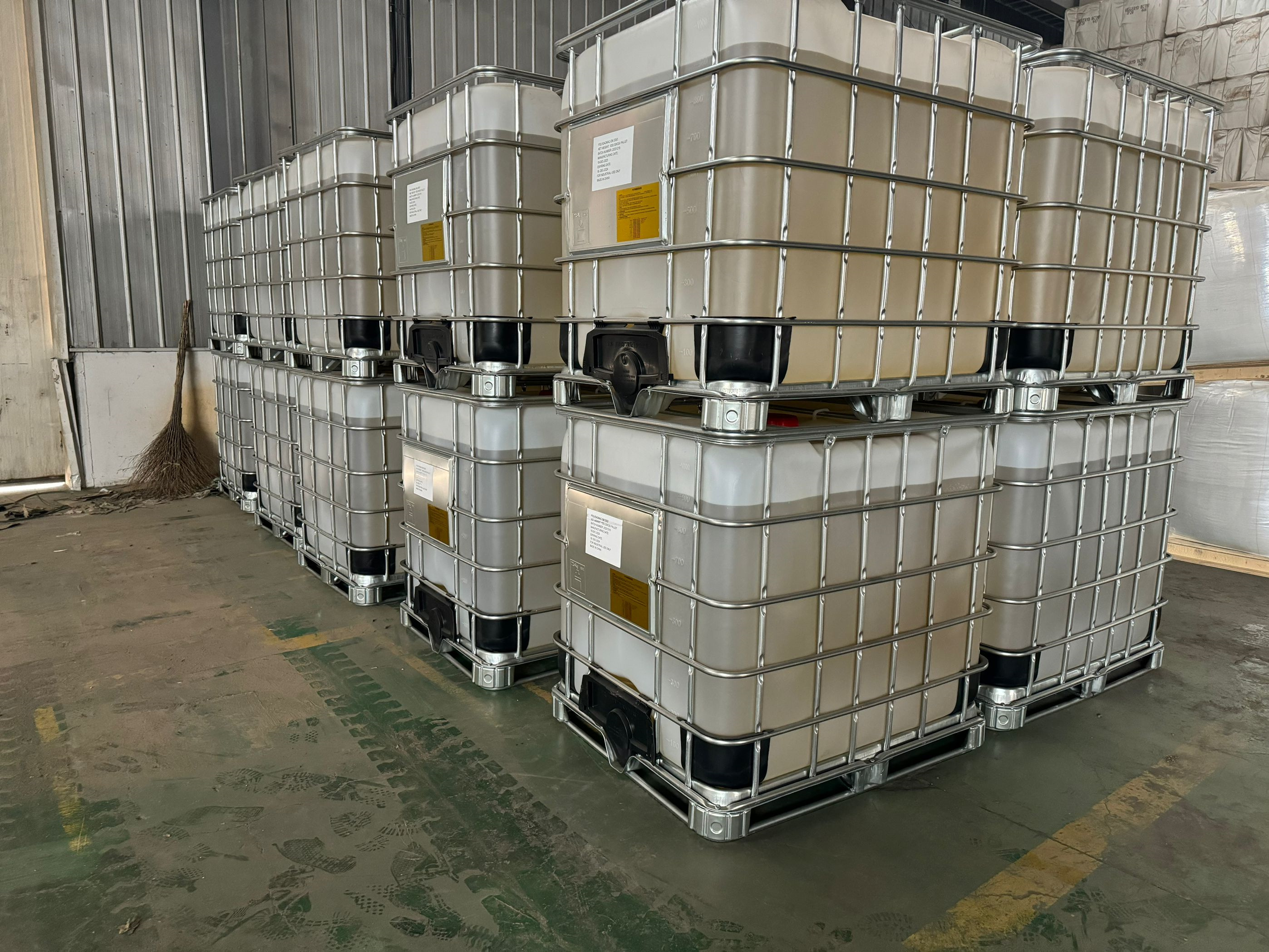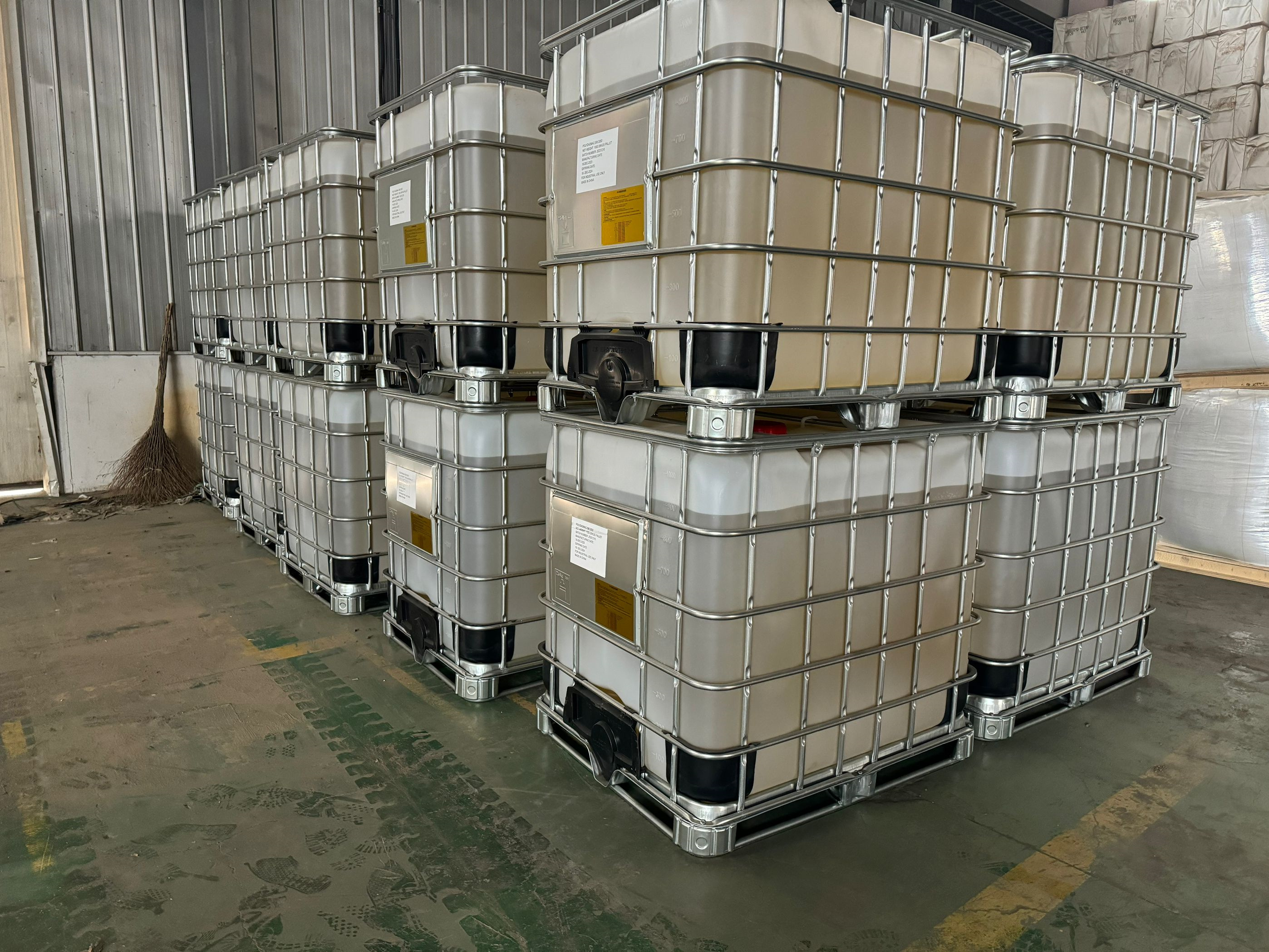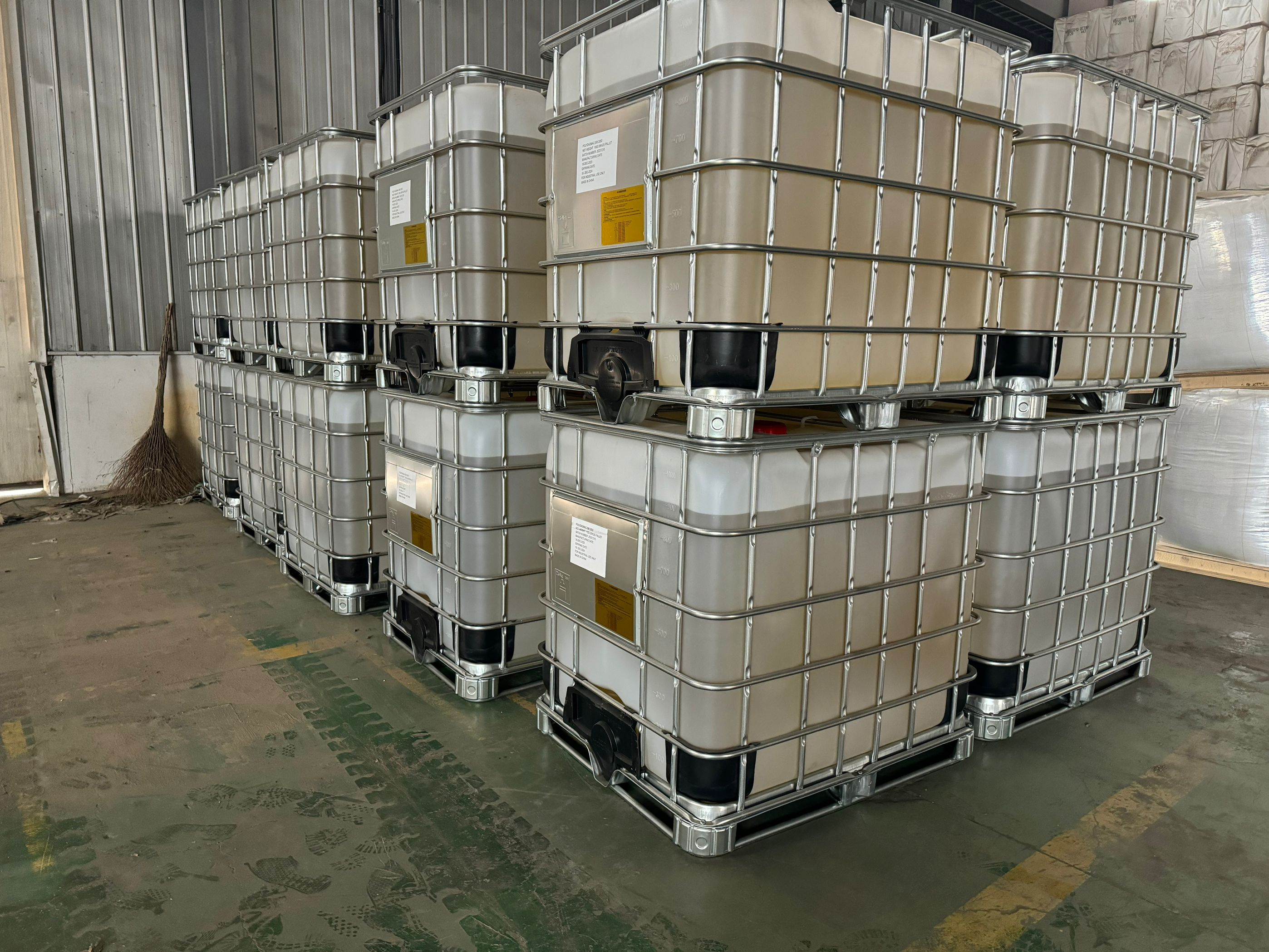Polyamine is a multifunctional chemical commonly used in various types of water treatment and in the oil and gas industry. With its high positive charge, it effectively binds with negatively charged particles, making it highly suitable for coagulation, flocculation, and emulsion-breaking processes.
polyamine manufacturer in China polyamine suppliers from Asiafloc
Material
- polyamine
Color
- light yellow
Application
- water treatment ,mineral processing
Certificate
- ISO9001 ,ISO14001
Place of Origin
- China
Other Names
- polyamine
Brand Name
- asiafloc
Usage
- water treatment ,mineral processing ,textile ,oil and gas
Polyamine is a multifunctional chemical commonly used in various types of water treatment and in the oil and gas industry. With its high positive charge, it effectively binds with negatively charged particles, making it highly suitable for coagulation, flocculation, and emulsion-breaking processes. Its unique properties enable it to serve a broad range of applications, from clarifying drinking water to enhancing oil recovery. Below, we will explore the functions of polyamine in several types of water treatment processes and its applications in the oil and gas sector.
Polyamine in Water Treatment
Polyamine is widely used in water treatment applications due to its effectiveness in removing contaminants and improving water quality. Here’s how polyamine functions in different types of water treatment:
1. Drinking Water Treatment
Coagulation: In drinking water treatment, polyamine acts as a primary coagulant to reduce turbidity and remove suspended solids, organic matter, and other impurities. Its high charge density helps neutralize the negative charges on particles, allowing them to aggregate and form larger flocs, which are easier to remove through sedimentation or filtration.
Reduction of Organic Compounds and Color: Drinking water often contains natural organic matter, like humic and fulvic acids, which can cause color and taste issues. Polyamine binds with these compounds, helping to reduce color and the risk of disinfection byproducts when chlorine is used later in the treatment process.
2. Municipal Wastewater Treatment
Enhanced Solid-Liquid Separation: In municipal wastewater treatment, polyamine improves the separation of solids and liquids by destabilizing suspended particles and promoting their aggregation. This leads to faster sedimentation and more efficient removal of solids, which in turn reduces the organic load on downstream treatment processes.
Phosphorus Removal: Polyamine can also be used to remove phosphorus from wastewater, helping facilities meet strict environmental discharge limits. By binding with phosphates, polyamine aids in the formation of insoluble complexes that can be removed from the water, thereby reducing the risk of eutrophication in receiving water bodies.
3. Industrial Wastewater Treatment
Heavy Metal Removal: Polyamine is effective in removing heavy metals, such as lead, cadmium, and chromium, which are common in industrial wastewater. Its strong positive charge allows it to bind with negatively charged heavy metal ions, facilitating their removal through precipitation or adsorption onto sludge.
Chemical Oxygen Demand (COD) Reduction: Industrial wastewater often contains high levels of COD due to organic contaminants. Polyamine helps in reducing COD by coagulating and removing organic matter, improving the overall quality of treated water and enabling it to meet regulatory discharge requirements.
Oil and Grease Removal: Polyamine can also assist in the removal of oil and grease from industrial wastewater, particularly in industries such as food processing and metal finishing. By destabilizing emulsified oils, polyamine aids in the formation of larger oil droplets that can be easily separated.
4. Sludge Dewatering
Increased Solids Content: In wastewater treatment plants, polyamine is used to improve the dewatering of sludge, resulting in higher solids content and reduced sludge volume. This process reduces the cost of sludge handling and disposal.
Enhanced Dewatering Efficiency: By conditioning sludge before dewatering, polyamine helps improve the performance of dewatering equipment, such as centrifuges and filter presses, leading to faster processing times and reduced water content in the final sludge.
5. Cooling Tower and Boiler Water Treatment
Corrosion Control: In recirculating water systems like cooling towers and boilers, polyamine helps prevent corrosion by forming a protective film on metal surfaces. This film acts as a barrier, preventing water and dissolved gases from reacting with metal, which reduces corrosion-related maintenance and prolongs equipment life.
Scale Prevention: Polyamine also prevents scale formation by interfering with the precipitation of mineral salts, such as calcium carbonate and calcium sulfate. By controlling scale buildup, polyamine improves system efficiency, reduces maintenance costs, and prevents downtime.
Polyamine in Oil and Gas
In the oil and gas industry, polyamine is essential in various stages, from drilling operations to produced water treatment. Its role in separation processes, corrosion inhibition, and emulsion breaking enhances efficiency and reduces environmental impact.
1. Produced Water Treatment
Emulsion Breaking: Produced water often contains emulsified oil, which can be difficult to separate. Polyamine breaks these emulsions by neutralizing the negative charges that stabilize oil droplets, allowing them to coalesce and separate from the water. This separation is essential for treating produced water to meet regulatory discharge requirements or for reuse in operations.
Oil Recovery Enhancement: By effectively separating oil from water, polyamine enables oil recovery from produced water. This not only maximizes oil production but also reduces the volume of waste requiring disposal.
2. Drilling Fluid Stabilization
Rheology Control: During drilling, polyamine stabilizes drilling fluids by maintaining viscosity, especially in high-temperature and high-pressure (HTHP) conditions. Stable drilling fluids are crucial for ensuring the proper function of the drill bit, maintaining borehole stability, and minimizing fluid loss.
Improved Hole Cleaning: Polyamine also enhances the removal of drill cuttings from the wellbore by improving the carrying capacity of drilling fluids. This improves wellbore stability, reduces friction, and minimizes operational risks.
3. Corrosion Inhibition
Asset Protection: In oil and gas pipelines, tanks, and production equipment, polyamine acts as a corrosion inhibitor, forming a protective layer on metal surfaces to prevent oxidation. This protective layer helps mitigate the corrosive effects of oxygen, hydrogen sulfide, and carbon dioxide, extending the lifespan of critical infrastructure and reducing maintenance costs.
Environmental Compliance: Reducing corrosion-related failures decreases the likelihood of leaks and spills, which contributes to environmental protection and regulatory compliance.
4. Scale Control
Inhibition of Mineral Scale Formation: Scale buildup, such as calcium carbonate and barium sulfate, is a common challenge in oil and gas extraction. These scales can restrict flow, clog pipelines, and reduce equipment efficiency. Polyamine prevents scale formation by binding with scale-forming ions, keeping them in solution and preventing deposition on surfaces.
Improved Operational Efficiency: By controlling scale, polyamine enhances the efficiency of production systems, minimizes downtime, and reduces the need for expensive chemical cleanouts.
5. Demulsification in Oil Production
Efficient Oil-Water Separation: In oil production, polyamine acts as a demulsifier, breaking the stable oil-water emulsions that often form in extracted oil. The positively charged polyamine molecules neutralize the surface charges at the oil-water interface, facilitating the separation of oil and water.
Improved Oil Quality and Recovery: Effective demulsification enhances the quality of the produced oil by reducing water content, which can lower processing costs and increase profitability. It also allows for the reuse or disposal of the separated water according to environmental regulations.
Mechanisms of Polyamine in Water Treatment and Oil and Gas
The efficiency of polyamine in these applications is attributed to its molecular structure and properties:
Charge Neutralization: Polyamine’s positive charge enables it to neutralize the negative charges on particles, helping particles coalesce into larger aggregates that are easier to remove.
Adsorption and Bridging: Polyamine molecules can adsorb onto particle surfaces and act as a “bridge” between particles, facilitating flocculation in water treatment and emulsion-breaking in oil production.
Film Formation: Polyamine forms a protective film over metal surfaces in corrosive environments, shielding metal from reactive substances.
Emulsion Destabilization: In oil and gas operations, polyamine destabilizes oil-water emulsions by neutralizing surface charges, allowing for more efficient separation.
Advantages of Polyamine in Both Sectors
Cost-Effective: Polyamine is often more economical than traditional coagulants due to its lower dosage requirements, reduced sludge volume, and minimal need for pH adjustments.
Versatile: Its multifunctional roles in both water treatment and oil and gas allow for simpler processes and reduced chemical usage.
Environmentally Friendly: By improving clarity, reducing sludge, and supporting efficient separation, polyamine aids in meeting regulatory requirements and environmental protection goals.
Improved Equipment Lifespan: Polyamine’s corrosion and scale inhibition properties help extend the service life of equipment in both water treatment plants and oil and gas facilities.






